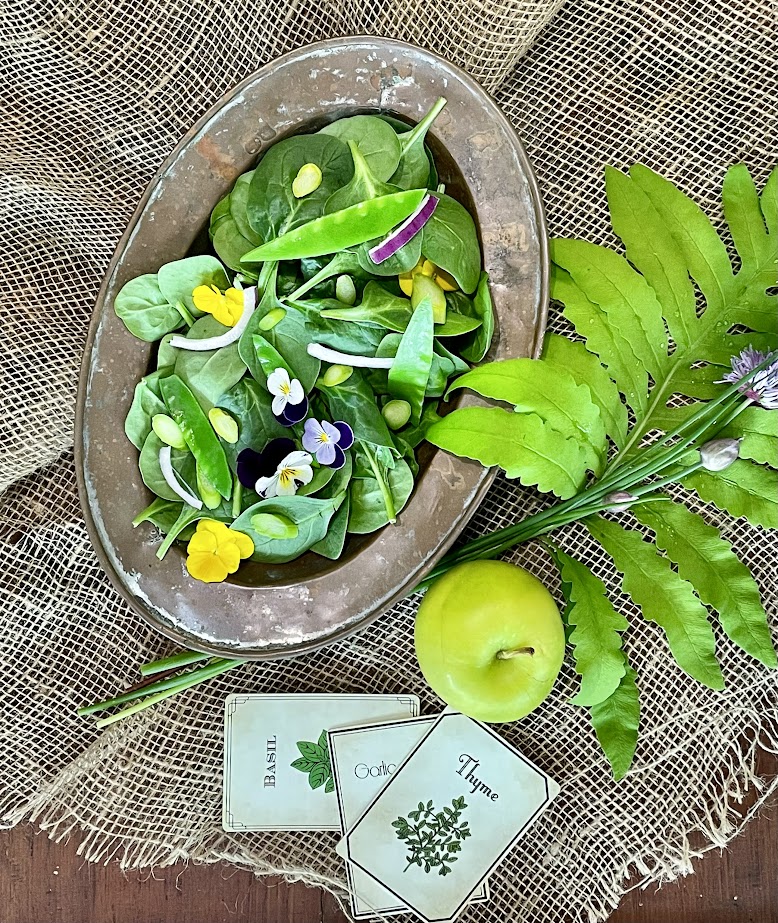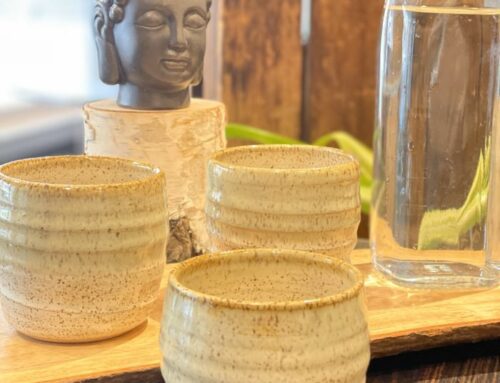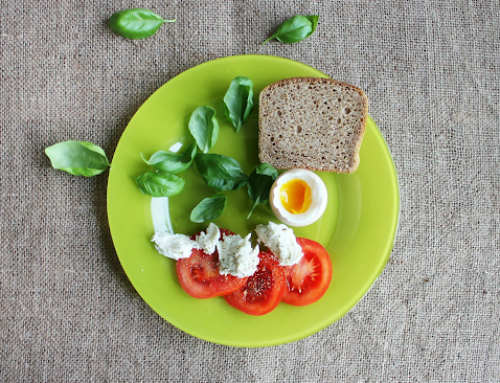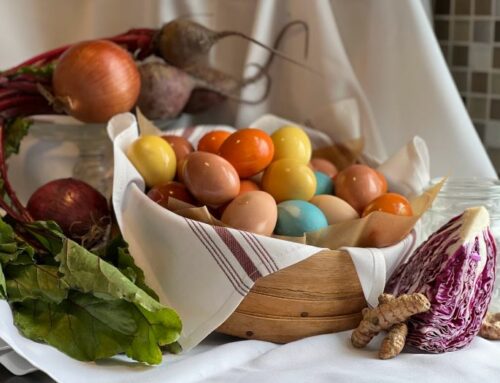Herbs for Flavor
 We’ve written before about the benefits of smart/healthy salt, trying to stay balanced on a thorny public health topic. Many chefs, you will find, will go against the conventional wisdom of reducing salt and actually encourage salt: it helps cells absorb nutrients, helps the brain, helps the heart, fights cramping, brings out flavor, helps flavors marry, etc. The key is to use salt but use it smartly. However, there is another alternative to avoiding a salt vs. no salt dichotomy: using herbs for flavor instead of salt.
We’ve written before about the benefits of smart/healthy salt, trying to stay balanced on a thorny public health topic. Many chefs, you will find, will go against the conventional wisdom of reducing salt and actually encourage salt: it helps cells absorb nutrients, helps the brain, helps the heart, fights cramping, brings out flavor, helps flavors marry, etc. The key is to use salt but use it smartly. However, there is another alternative to avoiding a salt vs. no salt dichotomy: using herbs for flavor instead of salt.
Getting to Know Herbs
Getting to know herbs has multiple benefits: you can learn to forage, you can learn to live off the land, you can know exactly where your food/seasoning comes from, you can learn by doing about earth science, you can learn kitchen/culinary skills, and more. Take, for instance, cajun seasoning: variations abound, but the basics are: paprika, cayenne, garlic powder, pepper, and oregano. Sure, southern food is often heavily salted, but you can coax tons of flavor out of just the herbs listed, without salt!
The key is to be adept at using salt when called for, but also being adept at using herbs and spices instead of just lobbing salt on food in knee-jerk fashion.
Herbes de Provence
Consider French seasoning: also called Herbes de Provence, this is a South France seasoning blend brought to American consciousness by Julia Child in the 1970s. The general blend is fennel, marjoram, parsley, rosemary, tarragon, and thyme. Notice the lack of salt? Herbes de Provence works deliciously on chicken, fish, starches, vegetables, and more. Fennel provides a licorice bite, parsley – that silly garnish on American dishes in the 20th century – is actually quite good for you as well as tasty, and rosemary and thyme complement each other well. With just a few herbs, you can come up with countless permutations and variations, nearly infinite.
Summer Abundance
It’s high summer in the Garden State and tomatoes are plump, corn is ripe, and all manner of fruits and vegetables are a-growin’. A time of abundance is a good time to prepare for fall and winter (the pagan holiday Samhain is based on this). Preserving food is also a wonderful life skill that helps people prep for unexpected events as well as keep one foot in how things have been done for thousands of years. Fermentation is also a great way to do some initial work and then let nature take its course, creating healthy foods for down the road and rainy days. The pickled eggs you may remember in dive bars and hole-in-the-walls may seem suspicious (or sus as the kids say), but it’s a great example of all the things you can pickle! Pickling provides probiotics and healthy acids for the gut, and making pickles from cucumbers is actually super easy. Once you learn how to do it you may never buy store pickles again. You can take the abundant herbs of summer and chiffonade them for smaller portions, or dry them out for later usage. You may have seen herbs hanging upside down– this is a technique to draw an herb’s essence from the roots upward. (It’s also used in the preparation of the medicinal/recreational plant marijuana.) Drying herbs create a nice aromatic ambiance wherever they are.
aromatic ambiance wherever they are.
Chef Becky on Herbs
“I love using herbs in cooking,” the Chef says. “I love staying rooted in earthiness, things growing locally, foraging, hiking. Our skewered chicken bites are made with rosemary, a natural pairing for fowl. Rosemary is also, of course, a great addition, with thyme, to lamb. If you’re into locally sourced honey, honey will pick up the subtle essences of herbs that are around the bees. A partner of ours, Lavender Fig apiary, is a great resource for how herbal infusions work.”
So challenge yourself to try to coax flavors out with herbs rather than salt, and go down the rabbit hole of herbs! Aromatic treasures await.







